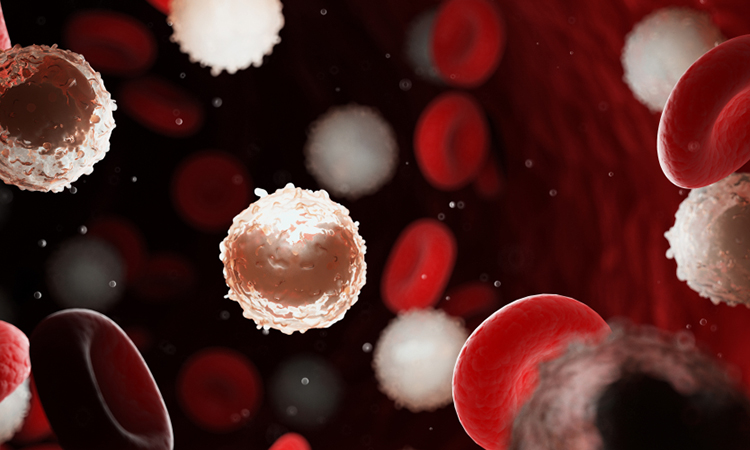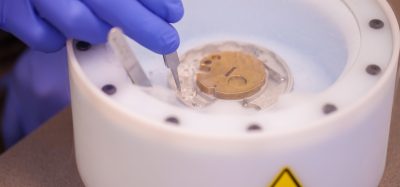Scientists identify new way to target leukaemia cells
Posted: 28 October 2020 | Victoria Rees (Drug Target Review) | No comments yet
Researchers have found they can make leukaemia cells vulnerable by dislodging leukaemia stem cells from a tumour-promoting niche.


Researchers have found a new way to make leukaemia cells vulnerable by dislodging leukaemia stem cells from a tumour-promoting and protecting niche within bone marrow. The study was conducted at the Max Planck Institute of Biochemistry, Germany.
According to the researchers, as blood cells have a limited lifespan, are lost during bleeding or are used up during infections, they must be replaced continuously. This supply is ensured by the haematopoietic stem cells in the bone marrow.
The team say that in chronic myeloid leukaemia, the haematopoietic stem cell undergoes a genetic mutation by recombining chromosome 9 and 22. As a result, gene building blocks fuse that would otherwise not be in contact with each other. The incorrectly assembled chromosome is called Philadelphia chromosome and harbours the instructions for the BCR-ABL oncogene. This causes the leukaemic stem cell to divide at the expense of healthy blood stem cells.
The leukaemic stem cell creates an environment termed the malignant niche that ensures its survival and proliferation. The researchers say that to remain in this tumour-promoting niche, the leukaemic stem cell uses integrins to attach itself to a scaffold of extracellular proteins and to neighbouring cells. In the leukaemic stem cell, the activity and function of the integrins is facilitated by an intracellular protein called Kindlin.
Peter Krenn, first author of the study, explained: “The isoform Kindlin-3 is only used by blood cells. If mice harbour leukaemic stem cells that lack Kindlin-3, they do not develop leukaemia. Without Kindlin-3 and active integrins, the leukemic stem cells cannot attach themselves to their niche environment and are released from the bone marrow into the blood. Since they cannot home elsewhere either, they remain in the blood. There the leukaemic stem cells lack the urgently needed support, which they usually receive from the niche and die.”
The researchers found that the leukaemic stem cells express a protein called CTLA-4 on their surface, which is absent from healthy blood stem cells. This allowed the researchers to distinguish a leukaemic blood stem cell from a healthy blood stem cell. The scientists used the CTLA-4 receptor as a shuttle to deliver a Kindlin-3 destroying compound into leukaemic stem cells.
“CTLA-4 is only briefly present on the cell surface and is then rapidly recycled back into the cell and then back to the cell surface again. This enabled us to introduce a Kindlin-3 degrading siRNA into the cell by coupling it to a CTLA-4-binding RNA sequence, which is called aptamer. The leukaemic stem cell without Kindlin-3 is flushed from the bone marrow and the leukaemia loses its origin and runs out of fuel,” Krenn said.
The team say that they have developed a new therapeutic approach to treat chronic myeloid leukaemia in mice. However, they suggest that the principle of the therapy is universally valid. As the inhibited Kindlin-3 production and consequent loss of integrin function prevents the cancer cells from being able to adhere and settle in tumour-promoting niches, the method could also prevent the cancer cells of other types of leukaemia from settling.
The study was published in PNAS.
Related topics
Drug Targets, Oncology, Research & Development, Stem Cells, Targets
Related conditions
Chronic myeloid leukaemia (CML), Leukaemia
Related organisations
Max Planck Institute of Biochemistry
Related people
Peter Krenn








